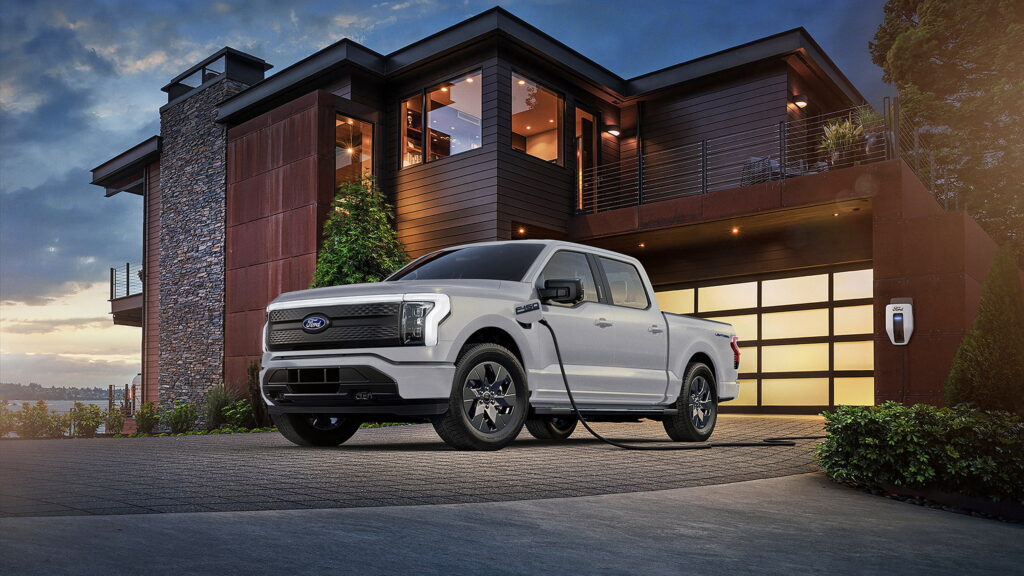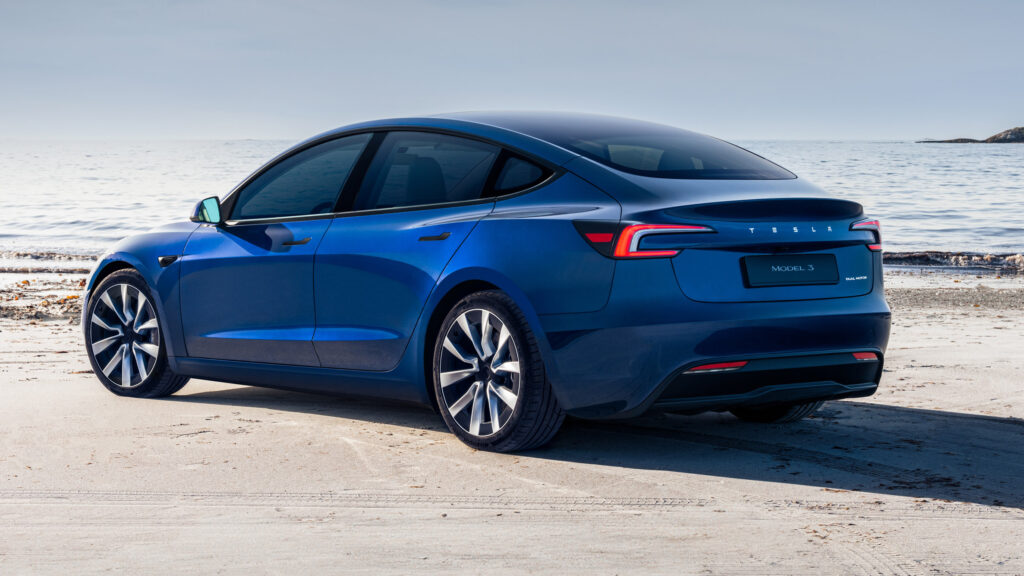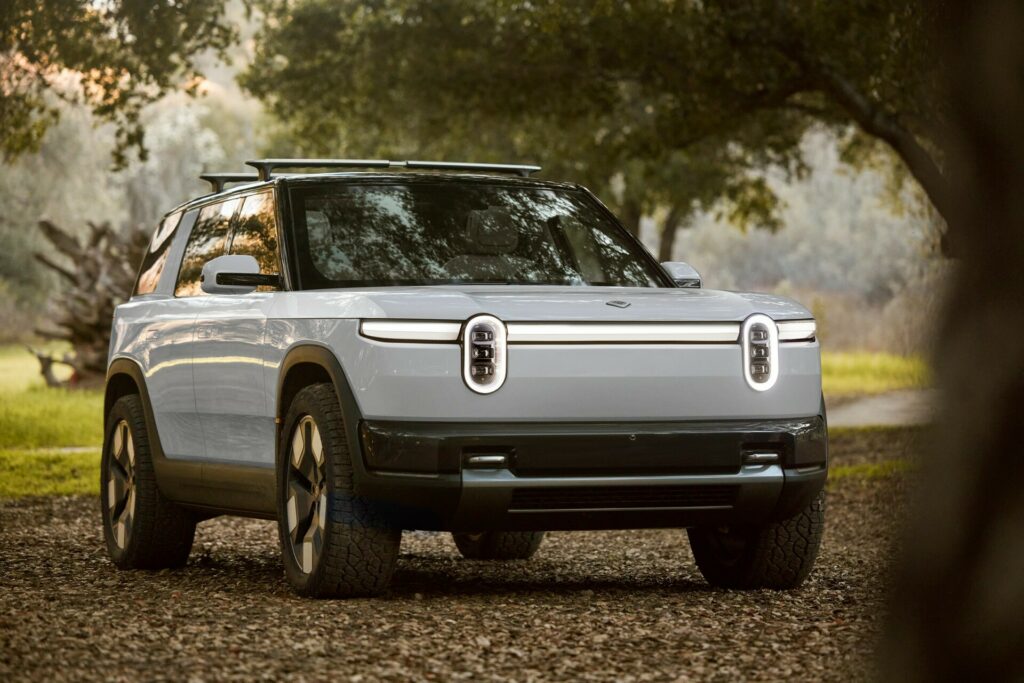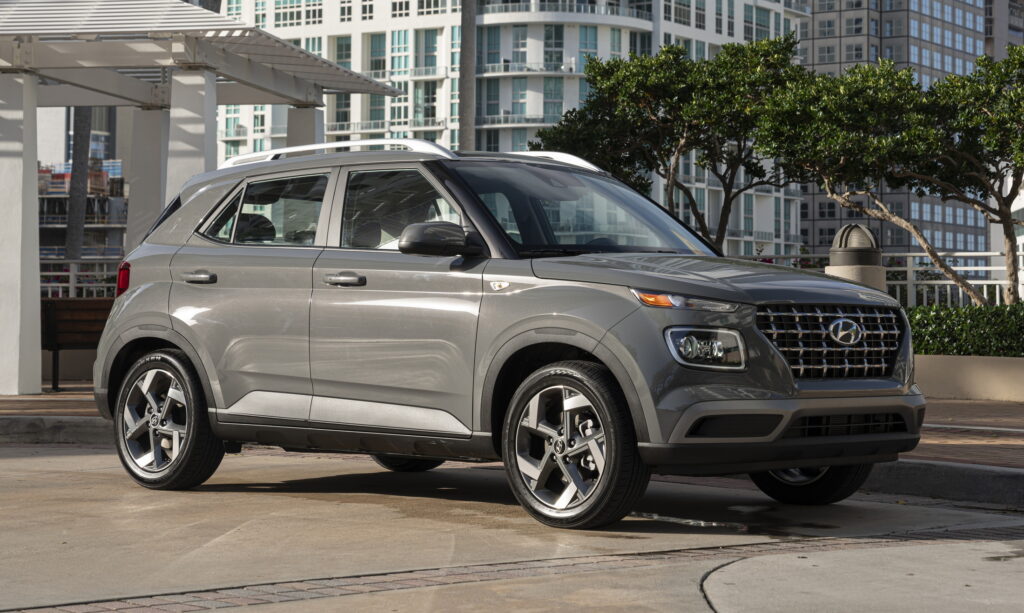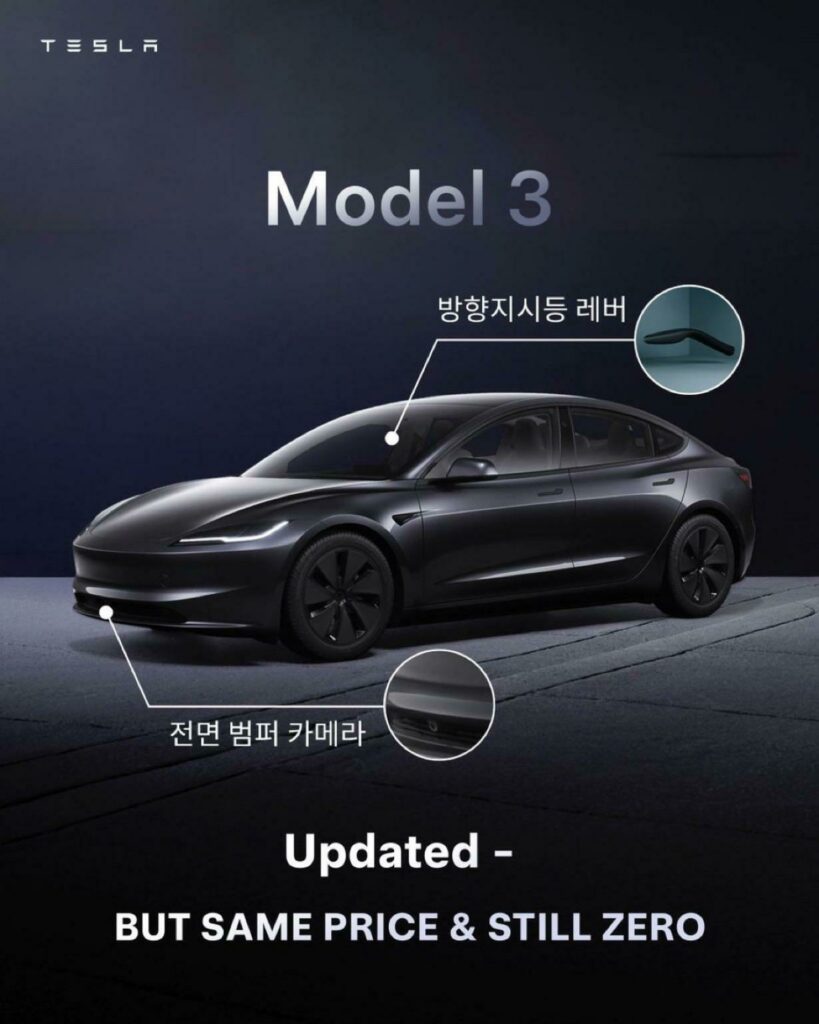Federal Deadline Turns EV Into One Of VW’s Hottest Sellers
- In September, VW shifted an impressive 12,470 ID.4s in the United States.
- This represented a massive spike of 176 percent over September 2024.
- Sales of the electric SUV will likely slip now that the EV tax credit is gone.
Electric cars have become a central part of Volkswagen’s global strategy, with a wide mix of models sold across Europe, Asia, and beyond. In the States, though, the lineup is far narrower, limited to just the ID.4 and the ID.Buzz. Even so, the ID.4 has taken on a critical role for the brand, climbing to Volkswagen’s third best-selling model in the country during the third quarter of this year.
Read: VW ID.4 Gets A Stealthy Blackout But Something Bigger Waits In The Shadows
Last month, VW managed to sell a total of 87,705 vehicles in the US, consisting of 73,444 SUVs and 87,705 passenger cars. The company’s most popular model proved to be the Tiguan LWB, shifting 22,050 units, a 4 percent increase from September last year. In second place was the Atlas, with 19,105 examples finding new homes, marking a 2 percent increase.
A Sharp Rise For The ID.4
Slotting into third place was the all-electric ID.4. September sales hit 12,470, a dramatic 176 percent jump over the 4,518 sold in the same month last year. That single month accounted for a sizeable portion of the 22,125 ID.4s delivered nationwide so far in 2025.

Needless to say, the surge didn’t happen by chance. Like several other automakers, Volkswagen benefited from a rush of customers eager to secure their EV purchase before the federal EV tax credit expired on September 30.
Although the 2025 ID.4 did not qualify for the incentive, unlike the 2023 and 2024 models, it was available with the $7,500 rebate if leased. Now that the government’s incentive is no longer available, it’s likely there will be a decline in demand through the remaining three months of the year.
Where The Numbers Land
Looking at the year as a whole, the ID.4 ranks as VW’s sixth best-selling new vehicle in the States with 22,125 units sold. This positions it behind the Atlas (51,181), the Tiguan LWB (48,951), the Jetta (48,610), the Taos (40,524), and the Atlas Cross Sport (24,282).
In September, VW also managed to sell 2,469 ID.Buzzes, roughly 50 percent of all the examples it has sold through the first three quarters of 2025.
VW US Sales 2025
| Model | Q3 25 | Q3 24 | YoY% | YTD-25 |
| Atlas | 19,105 | 18,718 | 2% | 54,181 |
| Atlas Cross Sport | 7,609 | 9,323 | -18% | 24,282 |
| Taos | 9,741 | 15,397 | -37% | 40,524 |
| Tiguan LWB | 22,050 | 21,231 | 4% | 48,951 |
| ID.4 | 12,470 | 4,518 | 176% | 22,125 |
| ID. Buzz | 2,469 | 0 | — | 4,934 |
| TOTAL SUV | 73,444 | 69,187 | 6% | 194,997 |
| Jetta Sdn | 11,287 | 19,379 | -42% | 43,610 |
| GTI | 1,931 | 3,345 | -42% | 5,700 |
| Golf R | 1,041 | 1,097 | -5% | 2,684 |
| TOTAL CAR | 14,259 | 24,084 | -41% | 51,994 |
| TOTAL SALES | 87,705 | 93,271 | -6% | 247,015 |


